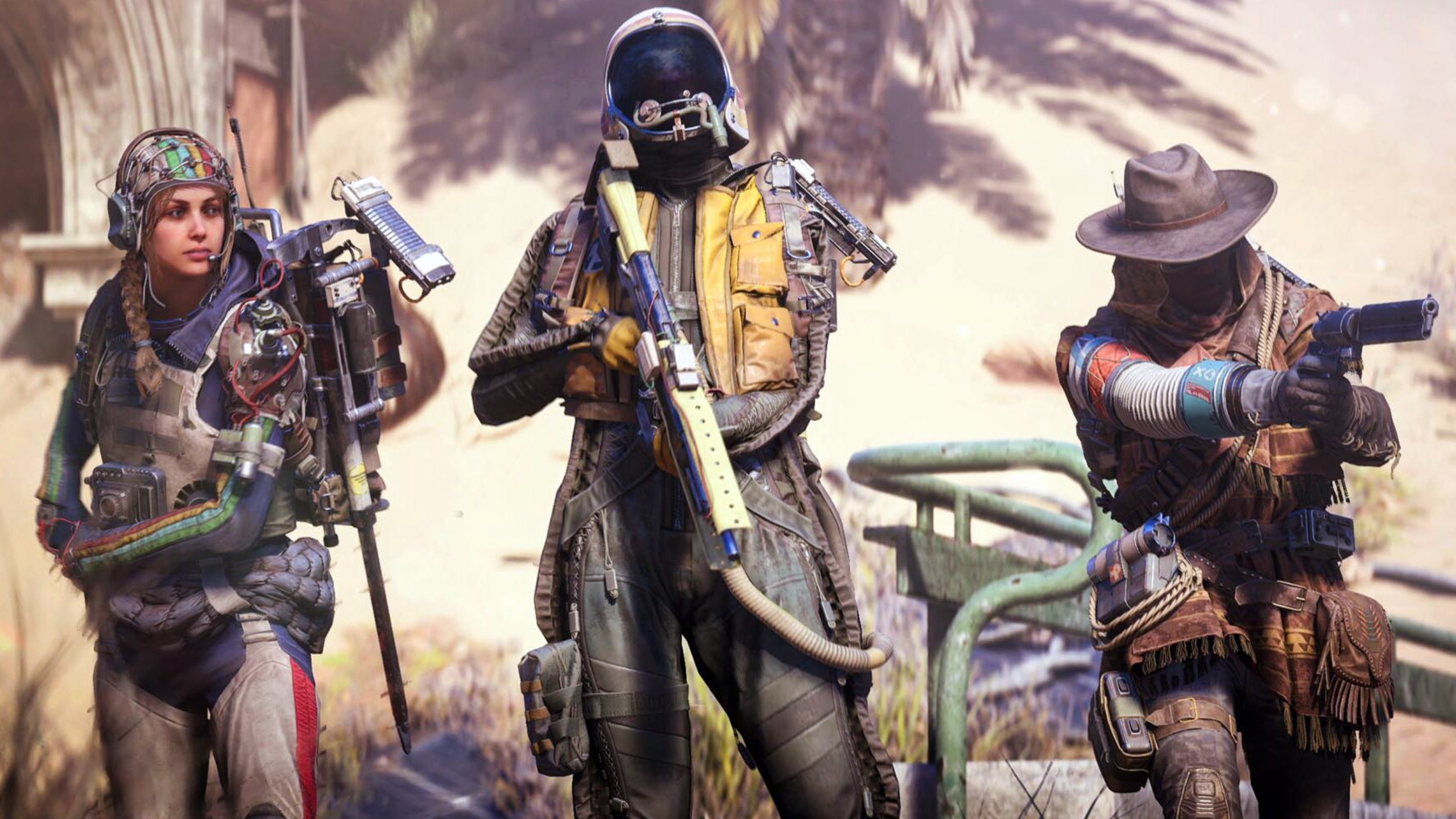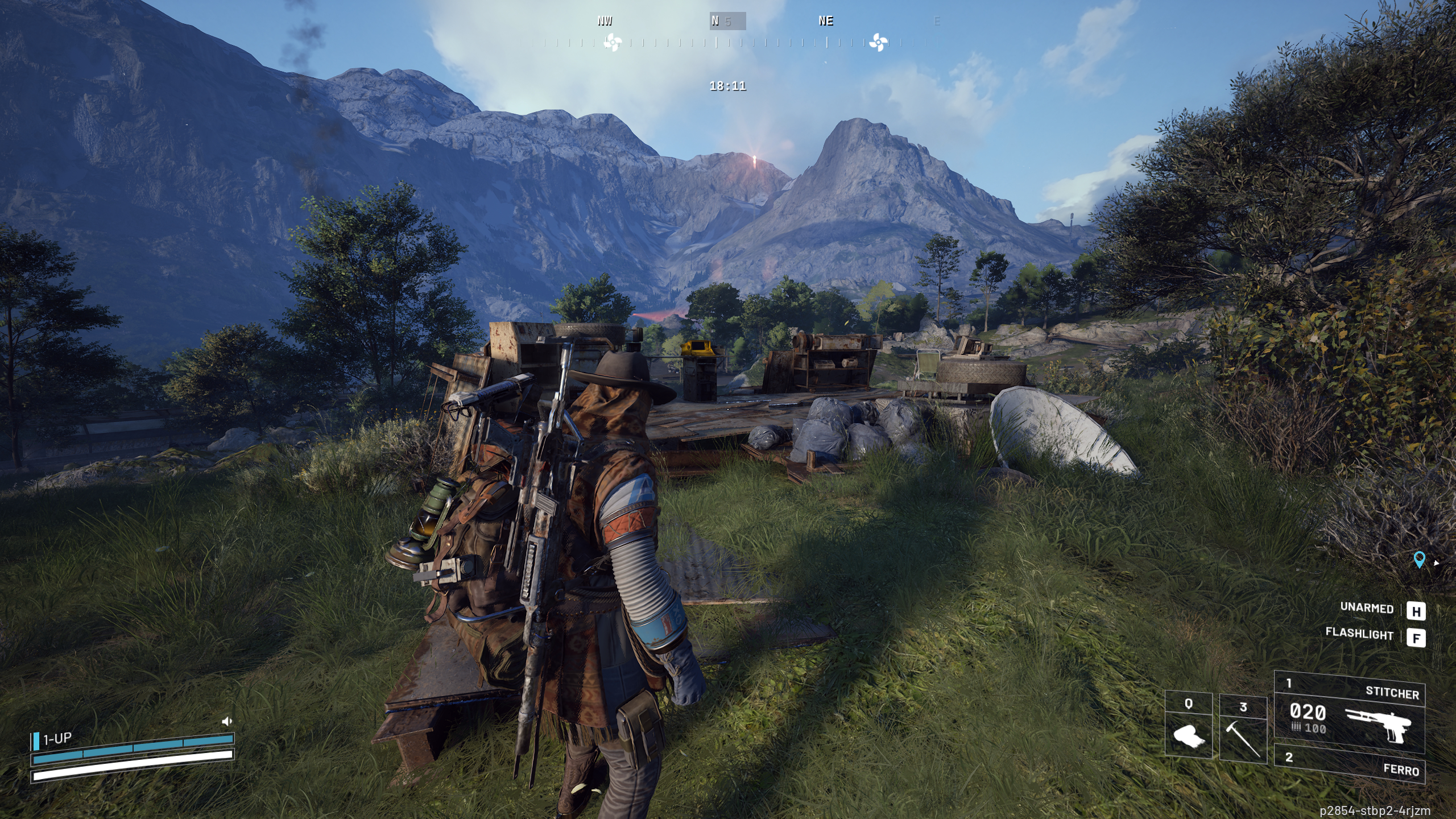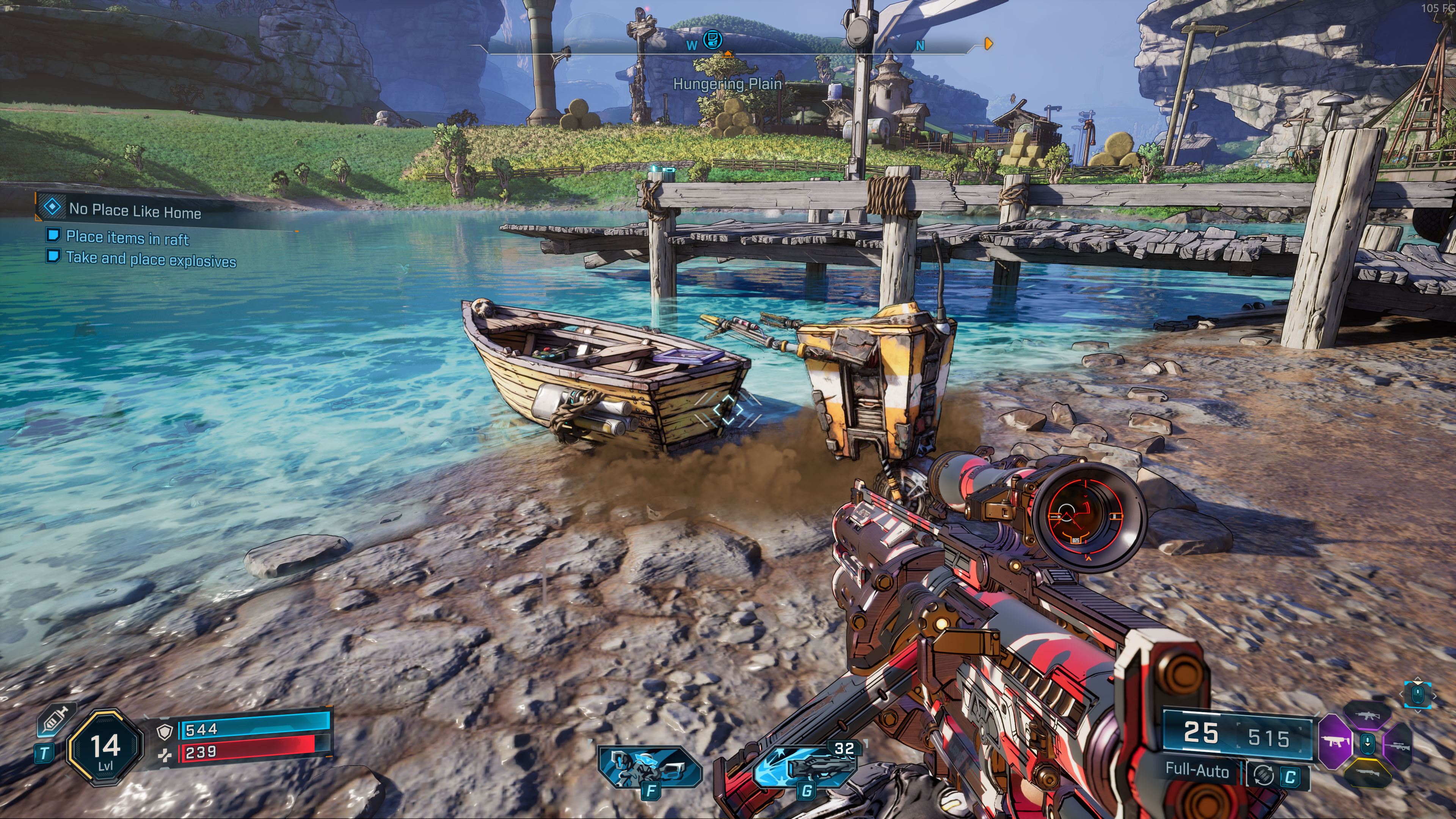Arc Raiders and Battlefield 6 prove that great performance and low system requirements are king for multiplayer PC games in 2025
People power.

It'll be no surprise to most of you that Arc Raiders is a popular game, as I'm sure you've seen it splashed across your newsfeeds over the past few days. It's so popular, in fact, that its servers had a brief wobble over the weekend as more than 350,000 people tried to jump in after the game's official launch last Thursday, an impressive result for a new IP from a medium-sized developer.
It's not the only multiplayer game boasting huge player counts at the moment, either. Battlefield 6 managed a massive 747,000 concurrent players earlier in the month, off the back of a mostly-well-received launch.
Of course, there's no one single reason why both of these games attracted so many players to their respective worlds. Battlefield 6 is the latest entry in a long and storied series, whereas Arc Raiders has taken the extraction shooter formula and refined it down to an easy to learn, hard to master point, to name just two.
But I'll tell you one thing I think has made a major difference to those player uptake numbers—low hardware requirements. Sure, there have been some highly demanding successful releases this year, like Borderlands 4, Oblivion Remastered, and Assassin's Creed Shadows. But these mostly single-player games, while boasting good player numbers at various points in their own right, all require some powerful modern hardware (and often a good dose of upscaling and frame generation) to get the most out of them.
Which is no bueno for a multiplayer game, particularly when you have ludicrous player targets to hit. As someone who has the luxury of testing out some of the fastest gaming hardware on the planet, it can be easy to forget that most gamers are still running modest machines, as the most recent Steam survey indicates. Sitting king of the hill for desktop GPUs is still the RTX 3060, a now four-year-old budget card, with the 40-series equivalent, the RTX 4060, not far behind.

That's no surprise given current GPU pricing, even if it has settled down in recent months. For most gamers (including myself, with my own money), a graphics card upgrade is something purchased every few years or so, with CPU upgrades usually being even longer than that. I could ramble on here about the cost of living, the fact that wage increases haven't lined up with inflation, etc etc, but my point doesn't require it.
It's simply this: PC hardware is really expensive, the majority of us don't have the cash to make major upgrades every generation, and if a multiplayer game wants to draw in as many players as possible, simply being a good experience isn't enough. It's got to run well on a vast number of machines, many of which will be running older hardware, to make sure that the majority of interested players can get in on the fun.
Keep up to date with the most important stories and the best deals, as picked by the PC Gamer team.
Let's take the Arc Raiders system requirements as an example. The minimum CPU spec includes the Intel Core i5 6600K, a quad-core 3.9 GHz chip launched almost exactly a decade ago. The minimum GPU? A GTX 1050 Ti, or RX 580. Both of which are now old enough to spell check my articles, a service I sometimes dearly require.
The result is a game that seems to run remarkably well on a wide range of machines while still looking great, which I reckon is a genuine achievement in this day and age.

What's even more impressive, however, is that Arc Raiders is built on Unreal Engine 5, an engine that's faced much criticism for its perceived performance in the past year. However, as my colleague Nick pointed out back in February, it's not usually so much a fault of the engine as a result of other factors, like lack of familiarity with the tech on the dev team, or overly-tight production schedules.
Unreal Engine 5 can run well on older hardware, it seems. It does require a push from the development team (in terms of pre-planning, multiple optimisation passes, and a focus on performance), though. Which is exactly what seems to have happened here.
And then there's Battlefield 6. It's no surprise that Battlefield Studios had a few optimisation tricks to pull from its sleeves when thinking about performance here, as the Frostbite engine has been around in some form or fashion since 2008, with the first game making use of it being Battlefield: Bad Company. Yes, the first one. It's old enough to drive, for goodness' sake.
...even gamers struggling on with ageing hardware were allowed to join in.
Yes, I know. Ship of Theseus, and all that. I doubt much of that original legacy code is left in the version of Frostbite used today. But still, it's been in development for such a long time, and been used to great effect by various Battlefield iterations, it must feel like a well-worn pair of shoes at this point.
Most of the current dev team will likely not have worked with those earliest iterations, it's true. But the legacy is there, and it's that legacy that has likely been a huge contributing factor to the level of optimisation in Battlefield 6, even if it's a million miles away from the original code.

The result? Battlefield 6 is playable on a 4 GB AMD Radeon RX 570. With major concessions to resolution and settings, sure. But if you were out there with an ageing rig thinking that the latest multiplayer shooter phenomenon wasn't for you, that must have felt like a breath of fresh air. It's not a feat that's likely to be replicated by many studios, it must be said. But it's possible, and as a result, even gamers struggling on with older hardware have been allowed to join in.
All of which makes me think about Gearbox CEO Randy Pitchford's comments regarding Borderlands 4's performance woes. Specifically, that it's "a premium game for premium gamers." Sure, BL4 still seems to have sold well regardless of its reliance on DLSS and MFG to achieve a smooth framerate, even on the most powerful hardware money can buy.
Long may our servers be populated, and our friends be online.
But how many "premium gamers" are there, really? How many of us fork out hundreds, if not thousands of bucks every hardware generation to keep our machines at the tippety-top of the performance curve? Some, for sure.
But that sort of elitism is going to restrict the number of people able to experience your game, and while Borderlands 4 has a peak player count to be proud of (304,398, by Steamdb's count), given the prestige of the series, I think it could have been a lot higher if optimisation was more of a priority. It's a series known for online co-op, after all, and I have to wonder how many potential shared experiences were lost because one or more members of a team couldn't meet the minimum specs, or refused to put up with low frame rates on ageing hardware.

And while we're talking about demanding games in 2025, I'd be remiss if I didn't mention Monster Hunter Wilds. Initially, this game seems to run contrary to my analysis. It's a very demanding game, multiplayer-focused, and boasted a peak player count of 1.4 million players a mere day after its release.
But according to Capcom's recent financial report, it's still being outsold by its elder (and much less demanding) sibling, Monster Hunter Rise. And a check of the Steamdb stats shows that, while it's trucking along reasonably well in terms of player count, it soon lost that earlier lofty peak (along with its Steam review rating), despite being the latest entry in a much-beloved, extremely popular series.
Of course, entropy will kill all player counts over time, for various reasons. But still, I feel a simple truth remains. Multiplayer games are for the people, and most players don't have top-end hardware—which means if you want them to play your game in vast numbers for long periods of time, placing optimisation and performance front and center can do nothing but help.
And if we want this optimisation push to continue, I hope that player counts (and sales) remain high for well-optimised games for a long while to come. Vive la révolution, or something like that. Long may our servers be populated, and our friends be online. Performance matters, and the masses really do seem to be speaking. Let's all keep shouting our approval to do our part, shall we?

1. Best CPU: AMD Ryzen 7 9800X3D
2. Best motherboard: MSI MAG X870 Tomahawk WiFi
3. Best RAM: G.Skill Trident Z5 RGB 32 GB DDR5-7200
4. Best SSD: WD_Black SN7100
5. Best graphics card: AMD Radeon RX 9070

Andy built his first gaming PC at the tender age of 12, when IDE cables were a thing and high resolution wasn't—and he hasn't stopped since. Now working as a hardware writer for PC Gamer, Andy spends his time jumping around the world attending product launches and trade shows, all the while reviewing every bit of PC gaming hardware he can get his hands on. You name it, if it's interesting hardware he'll write words about it, with opinions and everything.
You must confirm your public display name before commenting
Please logout and then login again, you will then be prompted to enter your display name.

